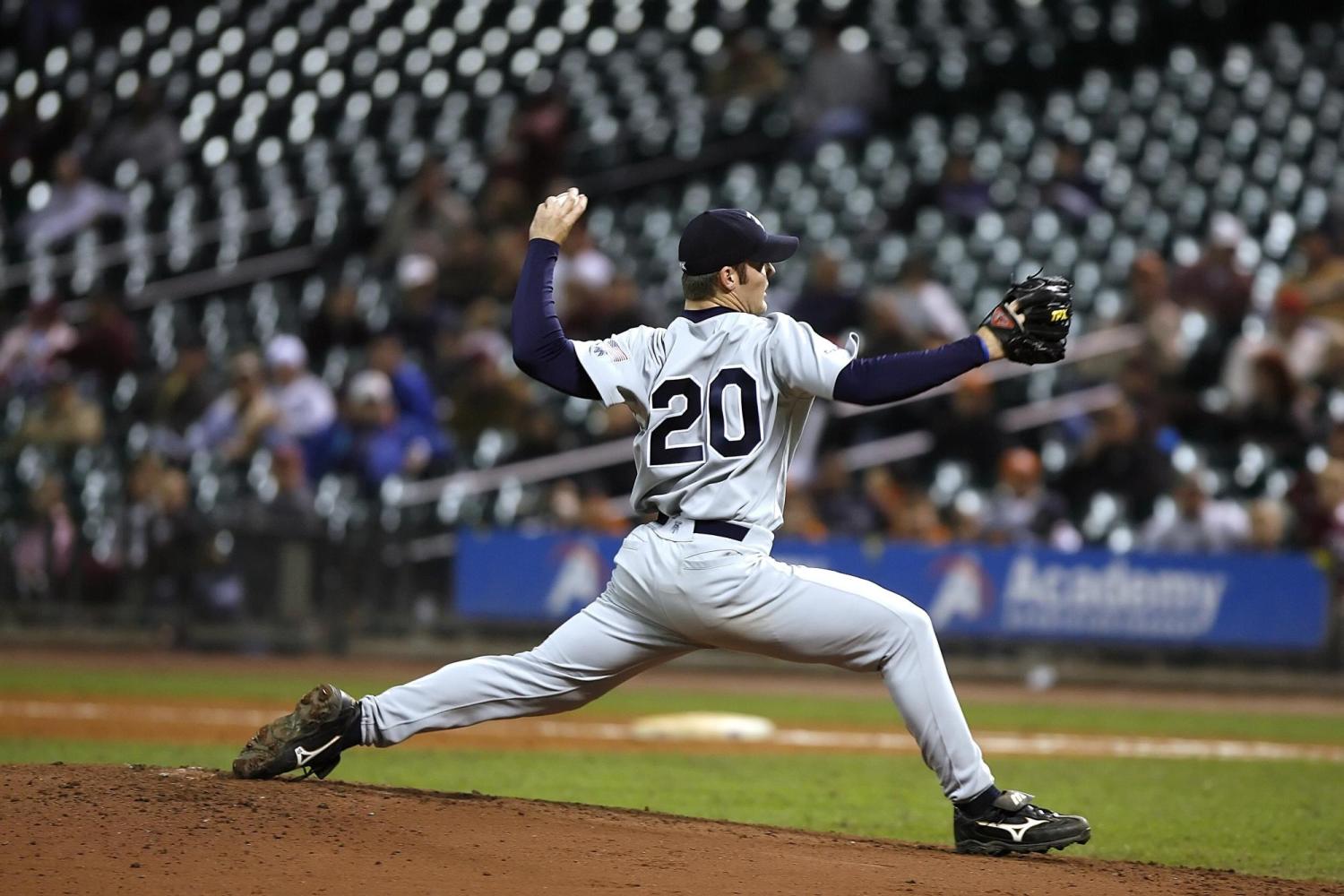Finding Keys to Human Performance Improvement

Doing some tasks outside your specialty improves rather than hurts performance, according to recent research from Leeds' Ethan Poskanzer.
Researchers explored performance data from Major League Baseball pitchers at a time when they were also required to bat to study whether weaker skills stimulate dominate skills and how sequencing comes into play.
Have you ever thought about how to ace your next performance review with the boss? Or to get better results from gym workouts? Turns out it could be within reach by changing up the order of tasks associated with a routine—and leaning into the tasks you’d rather avoid, according to Ethan J. Poskanzer, researcher at Leeds School of Business, and co-author Brittany Bond, assistant professor with Cornell University.
The key to better performance seems to correlate with variables related to our perceived discomfort zone, tasks that Poskanzer refers to as the “necessary evils,” that go with a job or project at hand.
When tasks are especially challenging, it’s natural to think about skipping them altogether. For some people, it could be tasks like preparing slide decks before meetings—or warm up drills in the gym that specifically target weaker muscle groups, like core muscles.
Research findings suggest a pathway for improvement
According to Poskanzer’s research, published in in the journal Organization Science, the sequencing of undesirable tasks could be the gateway for improved performance measures. But it requires that undesirable tasks are completed before tasks where there is a history of acquired strength or mastery.
The study explored performance data from Major League Baseball (MLB) pitchers at a time when they were also required to bat—which obviously exploits their weaker skillset. Poskanzer and the researcher team analyzed 22 years of historical data to ascertain whether weaker skills, like batting, stimulate dominate skills, like pitching. They also wanted to better understand the relationship between the perceived emotions attached to both strengths and weaknesses as it relates to performance outcomes.
Applying it in the real world
The breakthrough idea for this fascinating research came to light while observing the demeanor of MLB pitchers during a high-stakes World Series game. At that time, pitchers were not expected to hit crowd-pleasing homeruns—it was surmised that the frustration of lackluster batting results perpetuated dramatic strike-outs from pitchers at the pitching mound.
“The big application to focus on is the sequencing of tasks,” Poskanzer said. “Tackling tasks that someone is less skilled in first can lead to better performance in subsequent tasks that they are more skilled in."
He points out a key piece of information about task completion, noting that all the tasks must be completed, which is a non-negotiable. Otherwise, it’s like making a traditional-style pizza without the dough.
“This is a way people can accomplish things that they don't want to do or are uncomfortable doing, without sacrificing their performance overall,” he explained.
To find that sweet spot for maximizing human potential in the workforce, Poskanzer believes these findings could help organizations craft job descriptions designed to improve employee productivity. It would require a mix of tasks that blend core job skills with skills that require development, practice and patience—yet still a necessary component of the job, Poskanzer added.
“When employees go right into their primary work after completing a more challenging task, they're more motivated to excel because they're a little bit frustrated that they had to do something they didn't feel they were very good at,” he said.
Stay tuned
Stay tuned for future findings related to Poskanzer’s research, as more is in development. Poskanzer is excited to think about different ways organizations could use this information for real world performance improvement.
“In future research, we plan to explore other types of tasks that people can do before their ‘core’ work to improve their performance," Poskanzer said.
Next steps
While much more research is needed to better understand ways to use this model, Poskanzer believes that employee performance would improve if employers re-arranged various combinations of job tasks so that it follows the baseball model. Jobs would intentionally blend a mixture of responsibilities where skill mastery is evident with responsibilities that still require skill development. In other words, employees could grow into these hybrid-type jobs, according to Poskanzer.
“Jobs are made up of tasks that are put together in different combinations and in complex ways. We’re motivated to better understand just how people experience these different combinations between tasks and how different assortments of tasks will be experienced by the person in the job.”







